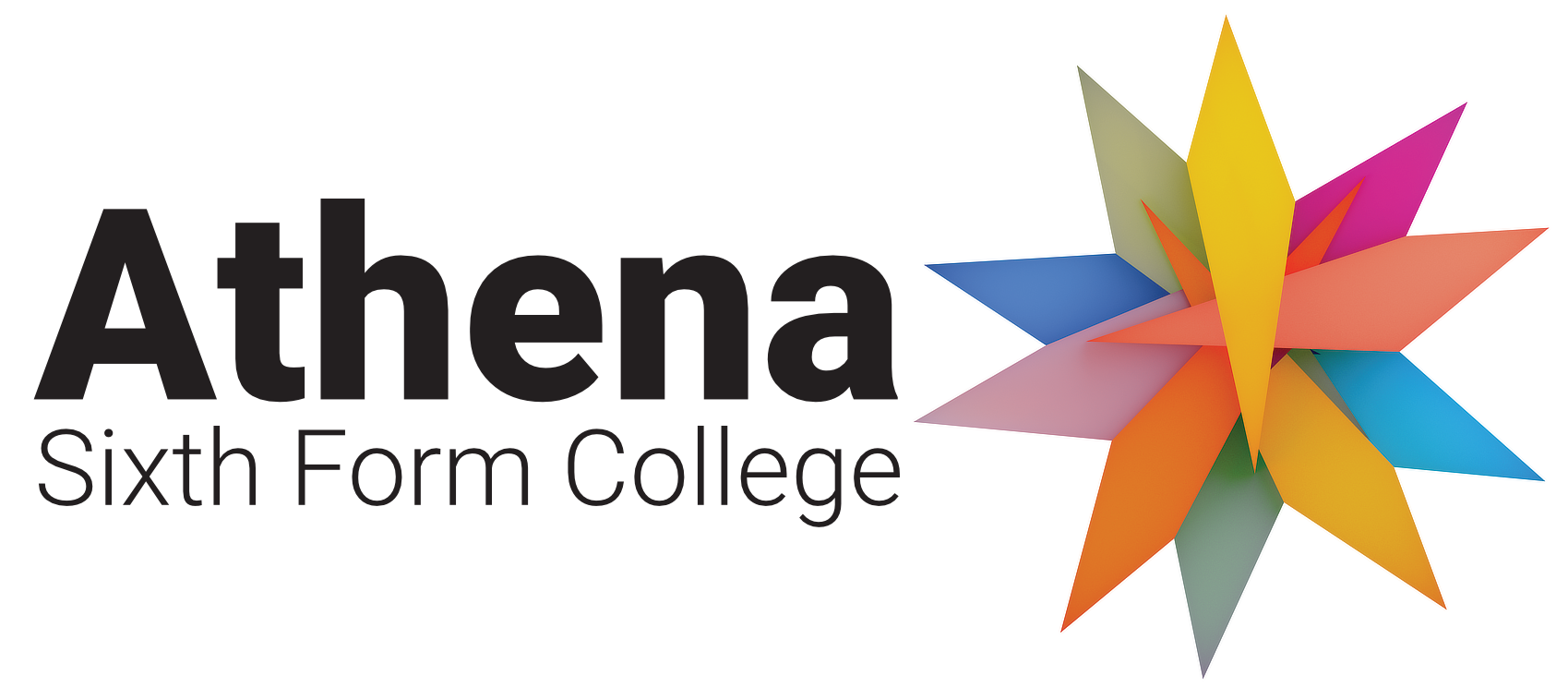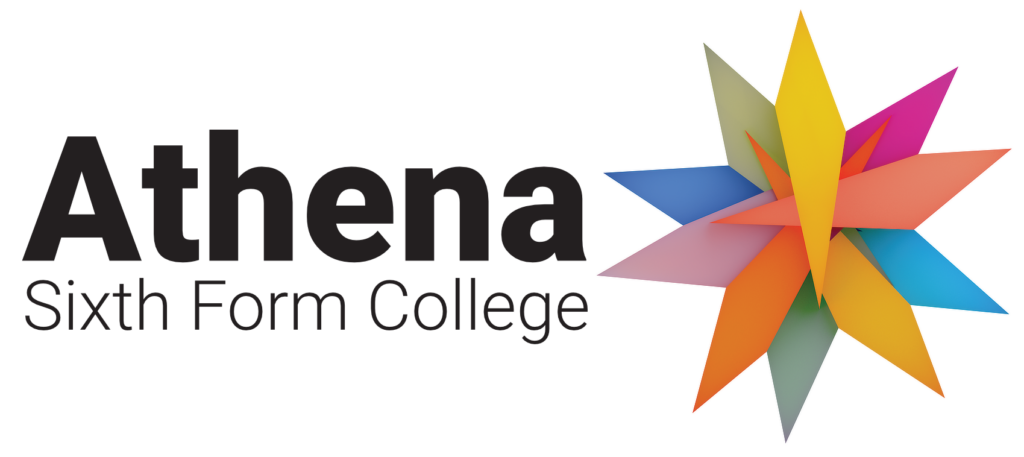Why Study?
Your A Level studies will allow you to develop a formal set of techniques to solve both abstract and real-world problems. These techniques includes algebra, graphing, functions, geometry, trigonometry, calculus and vectors. The fields of statistics and probability will allow you to deal with the models used to help statisticians predict what may or may not happen in the future. Mechanics allows you to grasp the modelling of physical scenarios that support concepts in real life and areas such as physics. Mathematics is a beautiful subject in itself, allowing you to stretch your intellectual capabilities by applying methodologies that have been refined over the centuries by mathematicians before you.
What can I do with it?
The subject develops a highly desirable skillset coveted by universities offering degree courses in the Sciences (Physics, Chemistry, Biology), Engineering, Computing, Architecture, Business & Finance, Social Sciences such as Economics and Psychology, and obviously Mathematics itself. Future employers also hold the logical reasoning and problem solving skills gained from the study of Mathematics.
Subject combinations
A-level Mathematics works well alongside subjects that have some degree of mathematical content such as the Sciences, Economics, Computer Science, Geography and Psychology.
Extras
Success at A-Level Mathematics is largely dependent on practice, practice and more practice!
We provide help sessions from staff both during the school day and in after-school sessions.
There will be plenty of opportunities to experiment with the problems and models encountered and you can delve deeper into the world of mathematics by research and discussion – for example visit the website Numberphile and see what happens when a pool table is built in the shape of an ellipse.
What will I study?
A-Level Mathematics is divided up into 3 compulsory components which are studied over the two years:
- Pure Mathematics
- Statistics
- Mechanics
It is assessed by 3 two-hour examinations which are sat at the end of Year 13.
Paper 1
- Pure Mathematics (100 marks)
Paper 2
- Section A – Pure Mathematics (50 marks)
- Section B – Mechanics (50 marks)
Paper 3
- Section A – Pure Mathematics (50 marks)
- Section B – Statistics (50 marks)
Component 1: Pure Mathematics (2/3 of the A-Level)
Pure mathematics forms the foundation of the course, underpinning both the Statistics and Mechanics components. It is concerned with how to abstract a problem and reason about it in a logical manner. You will learn new techniques that reveal a deeper understanding of the world we live in.
It includes the topics: Proof; Algebra and functions; Coordinate geometry; Sequences and series; Trigonometry; Exponentials and logarithms; Differentiation; Integration; Numerical methods and Vectors.
Component 2: Statistics (1/6 of the A-Level)
Statistics is about how to analyse and interpret data gathered from the real world. Throughout this component of the course you will become familiar with manipulating a large data set using both your calculator and computer software. Manipulating and interpreting data are valuable skills which complement studying many subjects such as Economics, Geography, Psychology and Sociology.
It includes topics: Statistical sampling; Data presentation and interpretation; Probability; Statistical distributions and Statistical hypothesis testing.
Component 3: Mechanics (1/6 of the A-Level)
Mechanics is primarily concerned with how the physical world can be modelled using mathematics. By modelling the real world you can make predictions about what may happen in a given set of circumstances and more deeply understand why particular events occur. This component of the course complements studying all science subjects but in particular Physics.
It includes the topics: Quantities and Units in Mechanics; Kinematics; Forces and Newton’s Laws and Moments.

